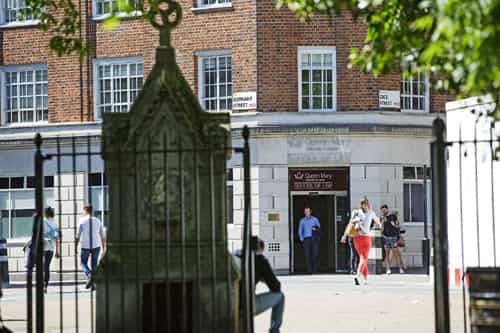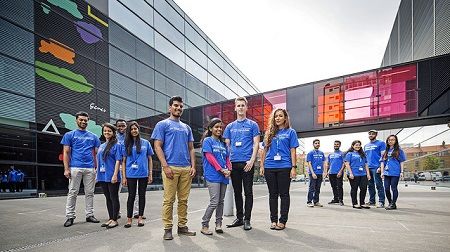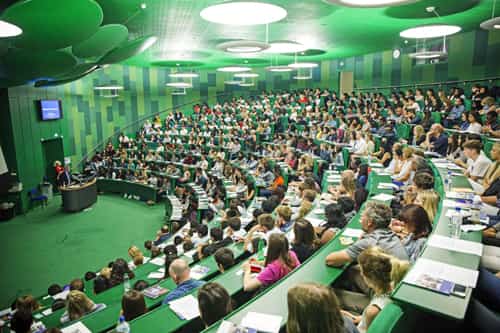Year 1: Materials science I; condensed matter; mechanics of solids; quantum physics, options include: heredity and gene action; mathematical techniques I; scientific measurement; from Newton to Einstein; introduction to functional materials; mathematical techniques II; electric and magnetic fields. Year 2: Deformation of materials, options include: physical chemistry of matter; thermal and kinetic physics; physics laboratory; polymers I; structural characterisation. Year 3: Extended independent project; solid state physics; statistical physics, options include: polymers II; quantum mechanics B.
| Форма обучен. |
Начало |
Продолж. |
| Форма обучен.Дневное |
Начало сентябрь |
Продолж.Кол-во лет: 3 |
Nanoscience and nanotechnology promise to transform twenty-first century technology by exploiting the phenomena that occur on the scale of single atoms. Nanoscience is a rapidly emerging interdisciplinary field at the interface between physics, materials science, chemistry, and biology. Nanotechnology, the application of nanoscience, will lead to exciting developments including new technology for the health industry, super-computers, and new materials that mimic the processes that occur in nature. Research activity is available in the field of nanoscience and nanotechnology spanning single molecule electronics, nanocomposite materials, nanoscale sensing of biological systems, and scanning probe microscopy. The degree programme is designed to provide the essential scientific foundation in physics, chemistry, nanoscale materials and processes, and molecular biology, combined with modules devoted to nanotechnology and its commercial exploitation.











